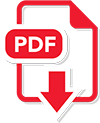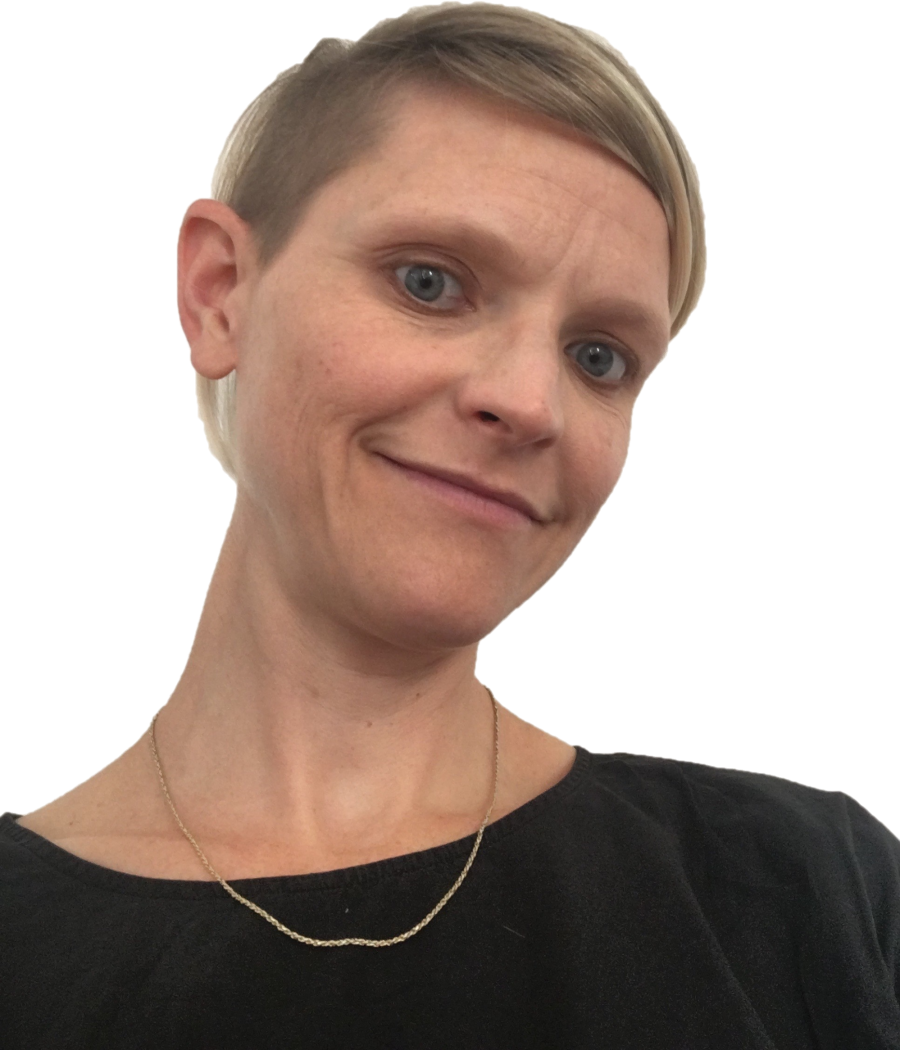ARTH 310 - The Italian Renaissance: Art, Invention, and Culture
Note: This course was formerly AHIR 310.
Course Description
This course is conceived as a study of the lives and works of significant artists of Italian Renaissance painting, sculpture, and architecture covering the period 1200-1600 with a focus on central Italy. Emphasis will be placed on the urban centers of Siena, Florence, Rome, and Perugia. Artists to be studied include Ambrogio Lorenzetti, Giotto, Filippo Brunelleschi, Piero della Francesca, Plautilla Nelli, Botticelli, Luca Signorelli, Leonardo da Vinci, Sofonisba Anguissola, Pietro Perugino, Michelangelo, and Raphael. We will learn about the political, social, and cultural contexts in which works of art were produced and viewed. We will discuss aspects of function, materials, iconography, and style. Classes will combine lecture, discussion, in-class activities, and on-site visits. Student reading and participation is mandatory. There will be special focus placed on artists and artworks that can be viewed in person and on site. Some consideration will be given to the classical roots of the Italian Renaissance (Etruscan, Greek, and Roman) and to subsequent developments (Mannerism, Baroque) in so far as this provides a context for understanding the origins and legacy of the Renaissance. The goal of the course is to help students develop art appreciation, historical comprehension, and critical reasoning skills.
Course Objectives
Students will be introduced to different inspirational artists and architects who either anticipated the Italian Renaissance or were active during this period of outstanding visual creativity. To better understand the cultural context of these artistic commissions, students will learn to recognize selected masterpieces and how to analyze their stylistic and innovative qualities. They will become acquainted with the original uses and functions of art based on inventive developments in style and in religious and secular subject matter. The goal of the course is to develop students’ critical reasoning and analytical approach to Italian Renaissance art.
Learning Outcomes
- identify elements of style and technique in Renaissance painting, sculpture, and architecture (quizzes, writing assignments, exams)
- distinguish different kinds of methodological approaches to art history and art historical analysis (readings, discussion, quizzes)
- summarize relationships between a painting, monument, or object and the religious, political, social, and/or economic circumstances of its production. (discussion, writing assignments, exams)
- analyze how visual images communicate complex religious, political, and cultural meanings (discussion, writing assignments, exams)
Course Materials
A course reader, including all the indicated readings, will be available. The course’s Moodle site is the primary location for readings and assignments.
Course Fee
$110.00 – Includes guided visits in museums of Perugia and Florence

